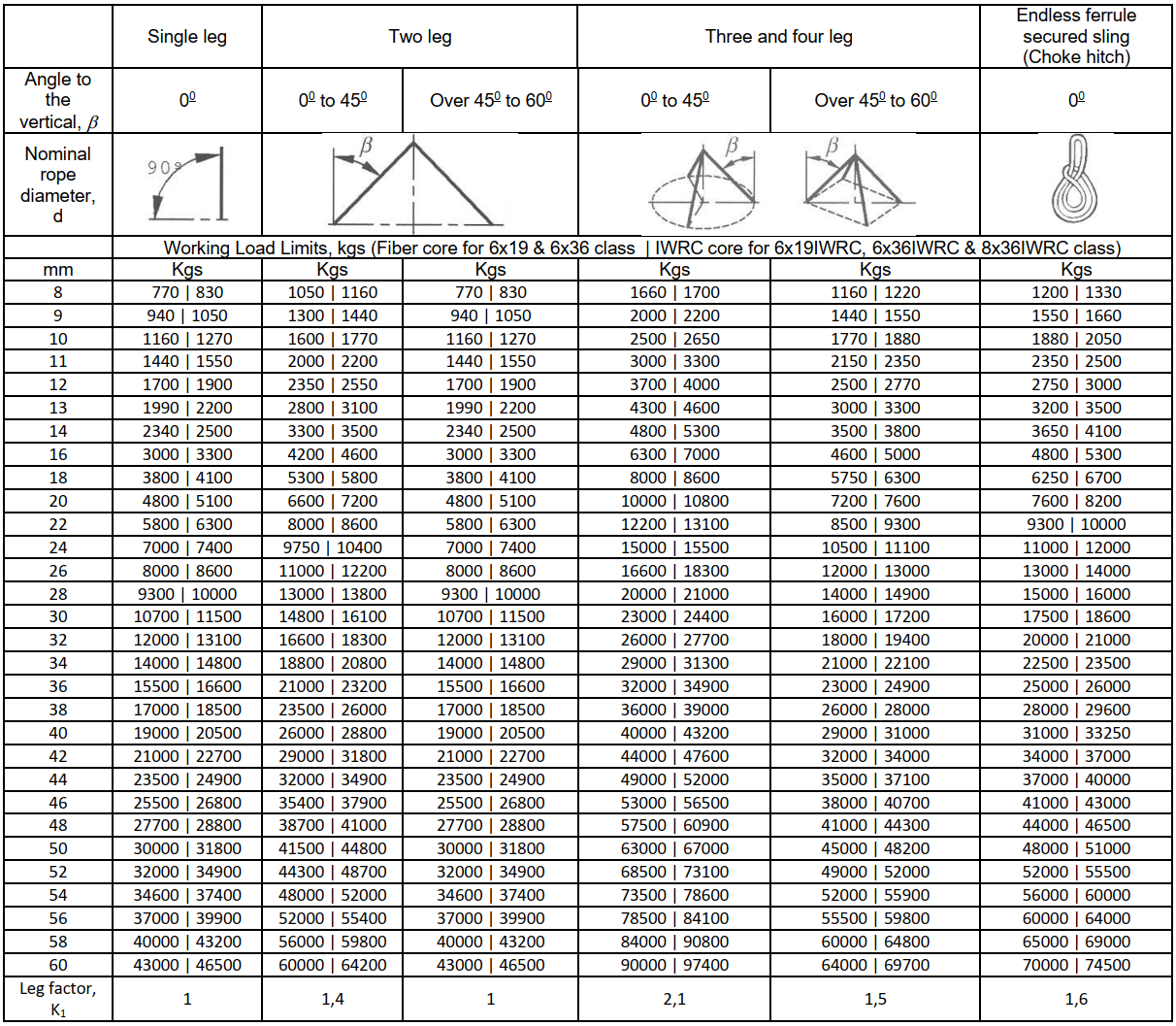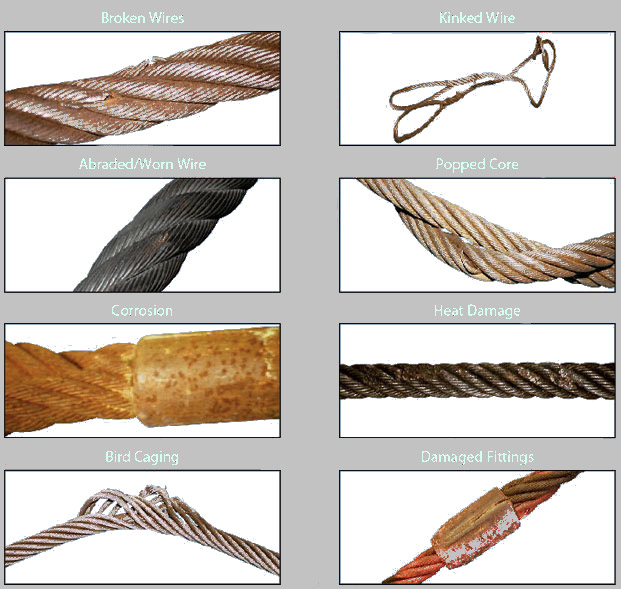
One of the most frequently asked questions from our clients is: Why are rotation-resistant wire ropes not used for sling fabrication? According to European and international standards, there are specific limitations:
These standards are based on extensive research and practical performance data that highlight the risks associated with using rotation-resistant ropes in slings.

Rotation-resistant wire ropes are specially designed with inner and outer strands laid in opposite directions. This structure helps to counteract torque and prevent the rope from twisting under load. However, it also creates a unique set of challenges:

One of the main concerns with rotation-resistant ropes is their failure mode:
This makes routine inspection and maintenance of such ropes far more complex and less reliable compared to standard wire rope constructions.
Impact of Bending and Sling Usage
Sling applications often involve tight bending radii and repeated mechanical stresses. Rotation-resistant ropes do not perform well under these conditions:
1) Tight bends further amplify internal stresses, accelerating wire breakage.
2) The formation of eyes or hitches can deteriorate the rope’s internal structure, reducing service life.
Such mechanical conditions undermine the structural integrity of rotation-resistant ropes, making them unsuitable for use in slings.
Due to these limitations, safer alternatives are recommended:
Choosing the right rope construction ensures not only regulatory compliance but also the safety and longevity of your lifting operations.

For further details on this research and its applications: